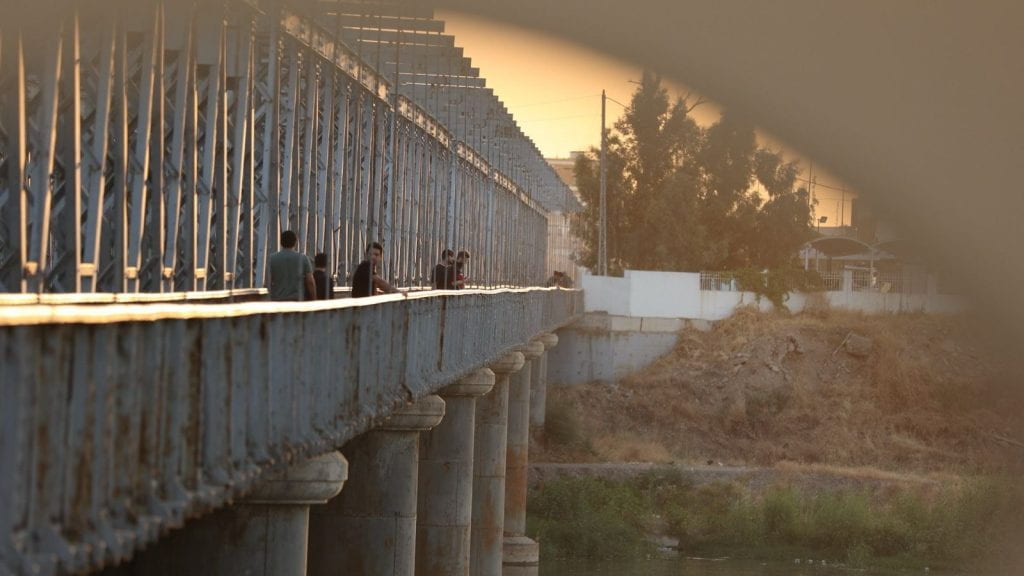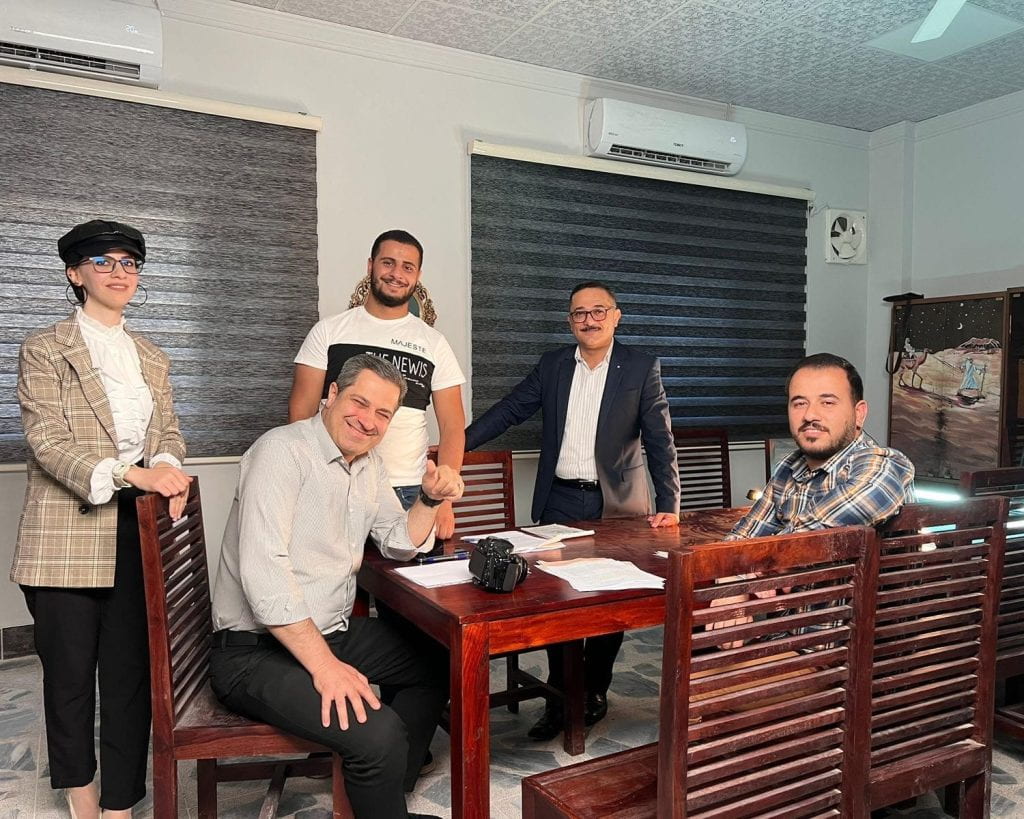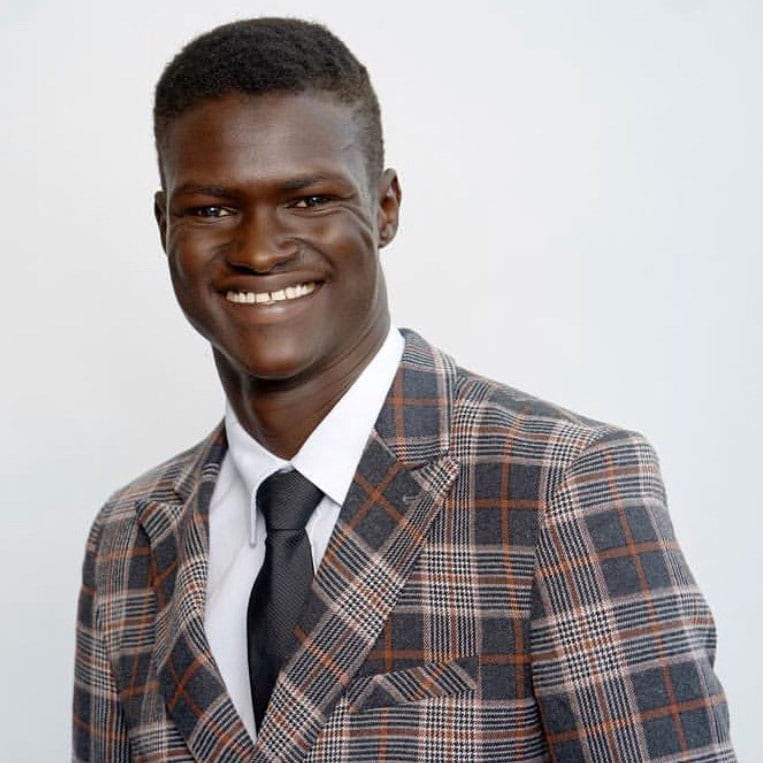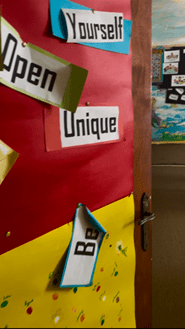By: Jacqueline Hatch 03/24/24
Peer Reviewed By REAL Members
“In the wake of devastation and conflict, there is a powerful and enduring spirit, rising from the ashes of despair.” These words not only serve as the opening address in the micro-documentary, Peace Letters to Nineveh, but also capture the resilience of a once war-torn Mosul and its people. It is the students and faculty of The University of Mosul-Iraq who will not allow that resilience to go unnoticed nor forgotten.
Led by Iraqi American peace activist Noor Ghazi from UNC-Chapel Hill, U.S. and Dr. Hijran Ahmed from Mosul University-Iraq, Peace Letters for Nineveh began as an initiative to foster connection amongst students focused in peace studies and bridge their understanding of conflict, trauma and peacebuilding. However, it has become so much more. Through the combined efforts of the University of North Carolina at Chapel Hill and Mosul University-Iraq, students organize virtual exchanges. Cohorts send each other letters to share unconditional support, familial accounts of living under the ISIS occupation, their hopes, and even advice for the future as Mosul continues to rebuild. Each letter is more than words between strangers, but exchanged symbols of hope. With the support of President of Mosul University Dr. Kossay Alahmady, these student-led efforts included coordinating projects deadlines, meetings, camera men, voice over footage, establishing drone permits and other logistics.

Peace Letters to Nineveh was a follow up short documentary to the first long documentary Mosul: The Mother of Two Springs, produced by Noor Ghazi in 2022 to shed light on the fall of the city to ISIS in 2014 as well as life under the terrorist organization. The documentary, which follows the destruction of life under the occupation of ISIS, illustrates the reasons behind the fall of the city to ISIS, changes to the education system, women and men’s lives and the battle of the liberation The documentary portrays powerful images of child soldiers, contaminated drinking water, and remnants of what used to be schools, homes, hospitals. We see not only the destruction of history, as historical and archaeological sites dating back to earliest civilizations in Mesopotamia and co-existing places of worship were destroyed, speaking to the devastation caused by the country’s insurgency.
Ghazi admits this work is more than personal. “As a mother tucking her little daughter to bed safely every night, I couldn’t help myself [but] to think about all the parents and children in Mosul who were living the terror every night not knowing if they would make it to the next morning. I decided to pick up my camera, leave my little daughter with my mom, and go to Mosul to film and bring back those stories to the U.S. for people to see the reality of our world.”
The follow up short documentary, Peace Letters to Nineveh, was screened this past November at the George Washington University during International Education Week, exposing students to the once peaceful Mosul. Accounts of its grave destruction serve as motivation for university students to give peace a platform, shedding light on the good work of those supporting its reconstruction. As highlighted in the Peace Letters to Nineveh documentary, throughout post liberation, the young people of Mosul have played a crucial role. And while these efforts do begin with a blueprint and city planning, the young people of Mosul are rebuilding so much more than fallen architecture.
The short documentary also features the significance of Nineveh’s ethnic and religious diversity, as well as its road back to multi-denominational trust. With a backdrop adorned with crosses, icons, and other symbols of Christianity, peace activist Evonne Edward shares that despite the diverse beliefs and backgrounds, the people of Mosul peacefully coexisted before the occupation. The displacement, however, caused a level of distrust that unraveled the tapestry of a peaceful society comprising many religious and ethnic communities. Following liberation operations in 2017, the return home for those displaced by the conflict began paving a path for peace. A collaboration, Edward states, that not only resulted in rebuilding the city, but rebuilding peace through trust and mutual respect, germane to all practicing religions.
Another contribution from the city’s youth is the Mosul Heritage Foundation. Established by those interested in reviving Mosul’s heritage, the foundation aims to serve as a memorial to those who have endured unfathomable hardships as well as to invest in rebuilding Mosul’s economy through tourism. Ayoob Thanoon, one of the founding members, recounts a visit from Pope Francis in 2021. “[His visit] resulted in providing visas for foreigners from more than 34 countries, allowing them visa on arrival.”
The young people of Mosul are in constant acknowledgement of the true hope of tomorrow, the younger people, the children. The Art Pioneers Academy serves as a place for children to hone creativity and to use these expressions as a path towards healing. Raid Qasim, the academy’s Principal, affirms that the academy serves as a safe place to “allow children to erase their [painful] memories artistically.” in reference to the dark era under ISIS where creative art was eliminated from school curricula. Additional community art festivals feature exhibitions that include theater, visual art, paintings, music and crafts.
Mosul proves it is not only a place that values art, but STEM programming. The highschool of the Gifted Students-Nineveh calls action to advancing technology and artificial intelligence programming, creating scientific workshops, showcasing the dedication of Mosul’s youth. International accolades such as recipient of the Zayed Sustainability Prize, Codeavour programming competitions and other American AI competitions display the work ethic and dedication the youth hold for their beloved city.

Through the peace letters and exchange of letters between students from different parts of the world, the project has amassed so much more. “The day I entered the city of Mosul after the liberation in 2018, I was in a shock seeing the state of destruction the city endured. As the car was leaving the city, I closed my eyes and prayed for the city to recover soon. Seeing the recovery and the healing of Mosul today led by the resilience of its own people, brings tears of happiness to my eyes.” (Noor Ghazi).








